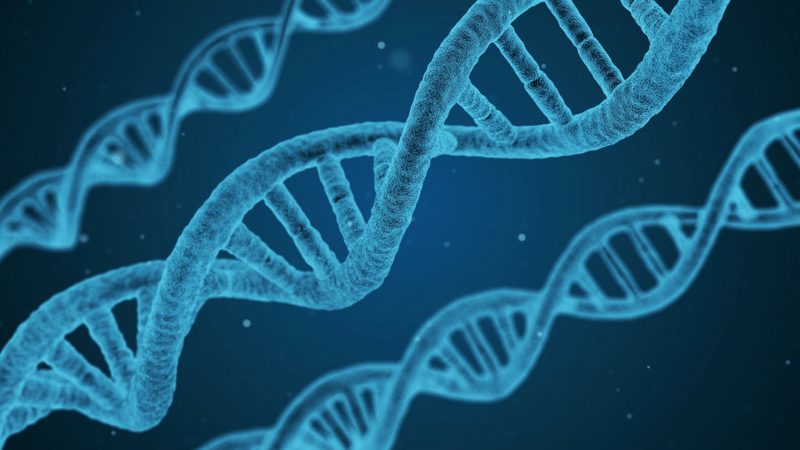The Cell’s Nucleus and the Role of Nuclear Genetic Material
Episode #3 of the course How the cells work by Luis Francisco Cordero
In the first lesson, we briefly touched on the subject that some organic compounds can assemble into larger molecules and that a special kind can even self-replicate to deliver copies of itself. We were talking about nucleic acids. One such molecule is called RNA, i.e. ribonucleic acid.
In fact, RNA is so important, there is a strong hypothesis that states that at some point in the evolutionary history of life, there was an “RNA world” phase, where RNA was the most complex organic molecule. It could store genetic information, proliferate making copies of itself like a plaster cast, and (this is incredibly relevant) act as a catalyst accelerating the chemical reactions required for many life functions to happen.
Eventually, DNA replaced RNA as the principal means for storing genetic information, but RNA remains of utmost importance as a mean that allows DNA information to “travel” inside the cell and ultimately lead to protein synthesis. RNA is not only the messenger here but also the main tool for the process. We’ll learn much more about this tomorrow.
Genetic material is so important, and its maintenance is of such relevance for life, some living cells have developed a membrane inside its plasma membrane in order to keep it separated from everything else. As already mentioned, we call these kinds of cells, eukaryotic cells.
The nucleus, which is by far the largest of the cellular organelles, might have appeared due to the development of an invagination (a folding that creates a pocket) of the plasma membrane, which eventually separated and resulted in this large internal compartment.
Alternatively, there are those who support the theory that at a point in evolutionary history, a cell developed another membrane outside their plasma membrane, and later, it became the nuclear membrane.

Structure of a human cell nucleus
Others suggest that the origin of the nucleus is an endosymbiotic one. Endosymbiotic theory suggests that one cell engulfed another one and that the “swallowed” cell took charge of the task to hold the genetic material, while the outer cell devoted itself to the rest of the cellular functions. We will learn more about endosymbiosis in Lesson 7, when we discuss mitochondria and chloroplasts.
Did You Know?
Even though we, as animals, are eukaryotic organisms, there is one kind of cell in our body that lacks its nucleus. We are talking about erythrocytes, also termed red blood cells.These cells, besides many other functions, transport oxygen to all other cells in our bodies, and they do have a nucleus during their birth. But when they are mature enough, they lose it in order to store more hemoglobin (the oxygen-transport protein). At the same time, this allows them to acquire a biconcave shape that aids in gas transport and permits their passage through minutely thin blood vessels called capillaries.
Key Takeaways
Some cells, called eukaryotic cells, have an internal organization that differs from its prokaryotic counterparts in its complexity. The main difference between them is the presence of a nucleus in eukaryotic ones. This, the largest cell organelle, has the important job of storing the cell’s genetic information, coded in nucleic acids, or DNA.
Tomorrow, we will discuss the key organelle that “reads” our genetic code to synthesize proteins: the ribosome.
Recommended book
The Gene: An Intimate History by Siddhartha Mukherjee
Share with friends

